House Painting: Best Practices for Hot Weather
Painting your house during the hot summer months can present unique challenges, from high temperatures affecting paint adhesion to the risk of your paint drying too quickly. However, with proper planning and techniques, you can achieve a beautiful, long-lasting finish even in the heat. Here are some best practices to keep in mind when painting your house in hot weather.
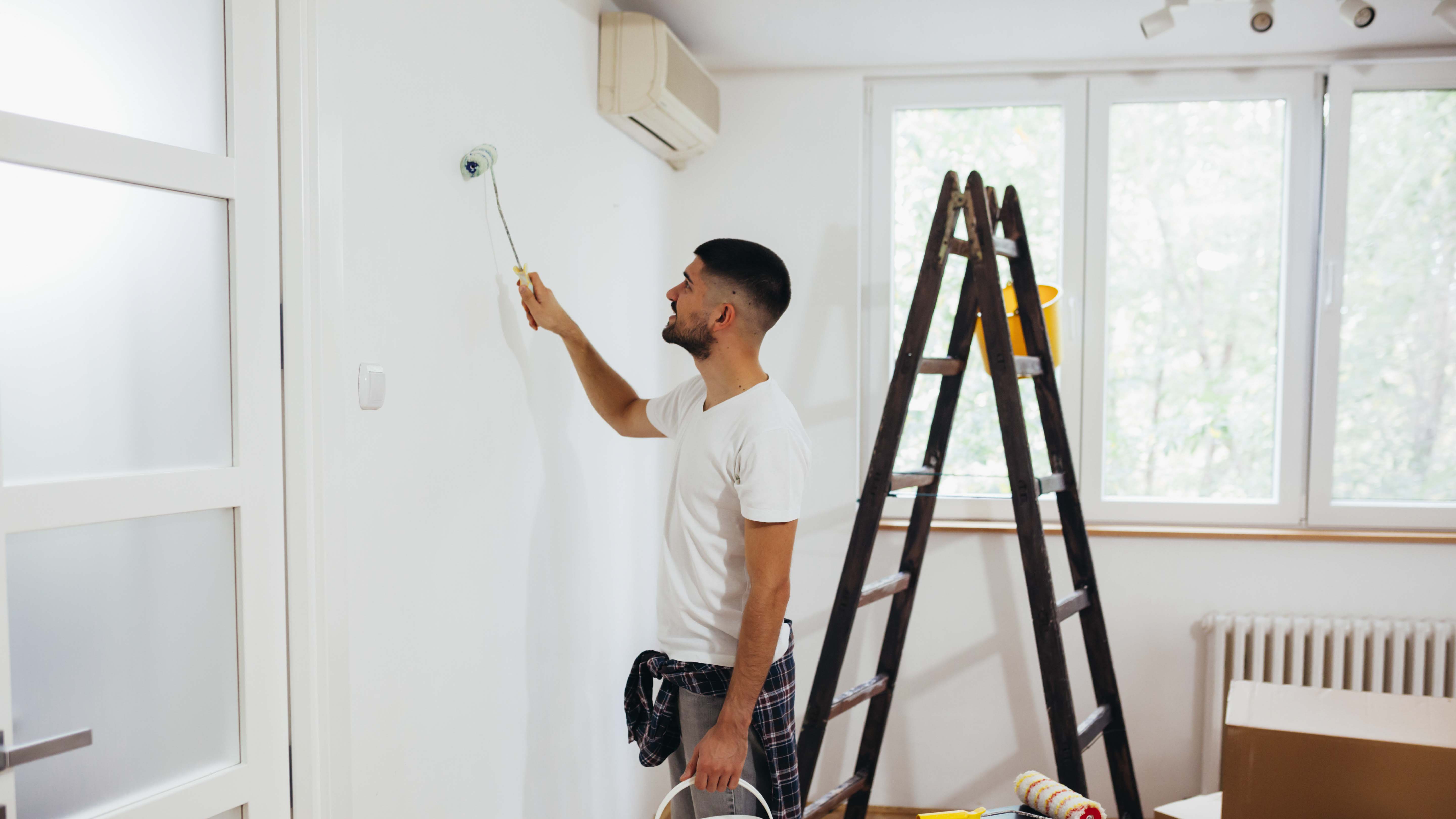
1. Choose the Right Time of Day
Timing is crucial when painting in hot weather. Aim to start your painting projects early in the morning or later in the afternoon when temperatures are cooler. Avoid painting during peak sun hours, typically between 10 AM and 4 PM, as direct sunlight can cause the paint to dry too quickly, leading to uneven finishes and increased risk of peeling.
2. Use High-Quality Paint
Investing in high-quality, exterior-grade paint can make a significant difference in hot weather conditions. Look for paint that is formulated for high temperatures and offers excellent UV resistance (E.g. Haymes Paint Solashield Exterior). These paints tend to have better adhesion properties and can withstand the heat without compromising the finish. Additionally, consider using paints with a higher sheen, as they are often more durable and easier to clean.
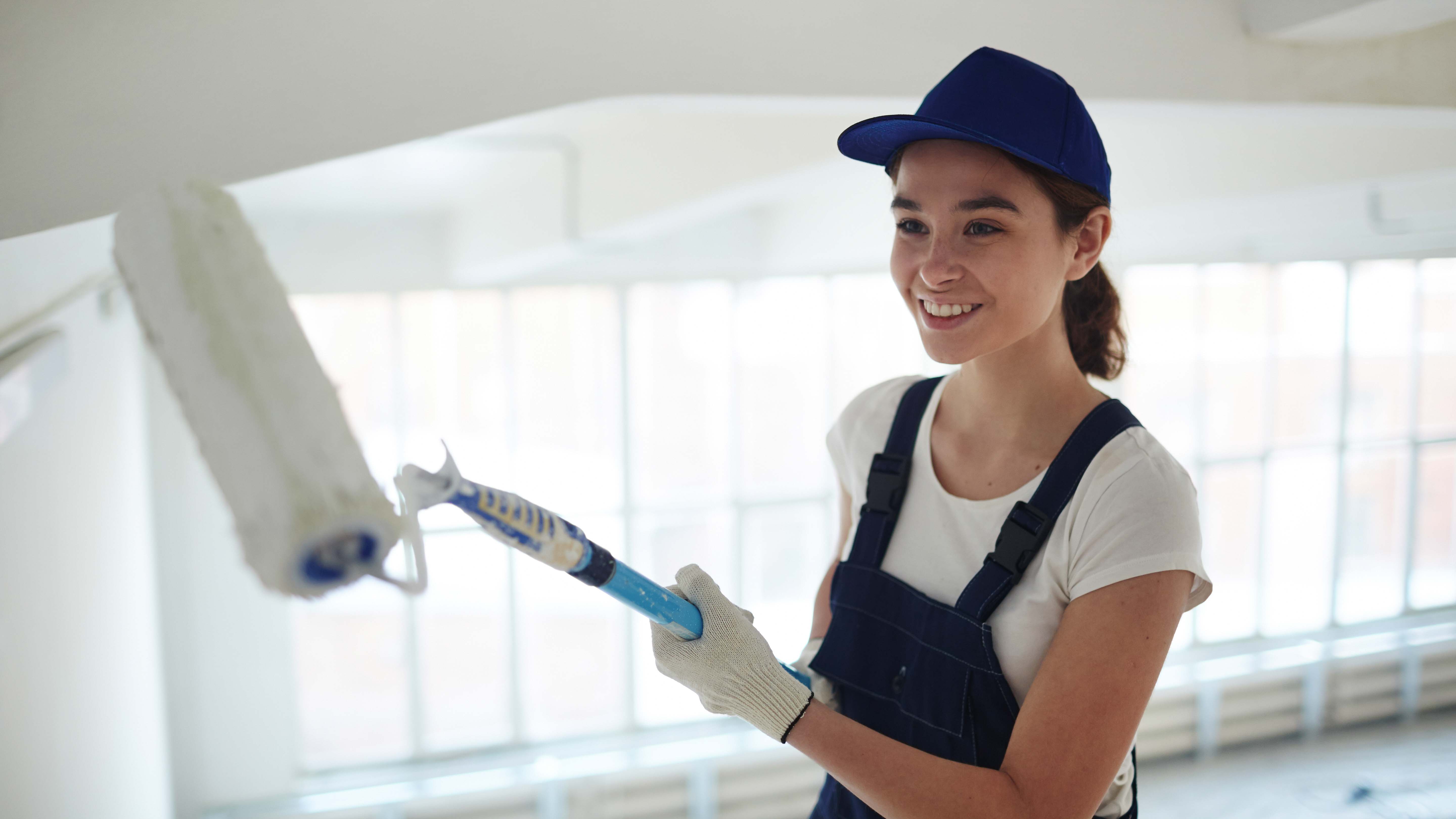
3. Prepare Surfaces Thoroughly
Proper surface preparation is essential for achieving a long-lasting finish, especially in hot weather. Clean the surfaces to be painted, removing dirt, mildew, and loose paint. Use a pressure washer if necessary, and allow the surfaces to dry completely before painting. Sand any rough areas to promote better adhesion and use a primer if you're painting over bare wood or a darker colour.
4. Keep Paint Cool
Before you start painting, store your paint in a cool area to prevent it from heating up too much. If the paint gets too warm, it can affect its consistency and drying time. Consider keeping your paint buckets in the shade while you work and avoid leaving them in direct sunlight. If possible, mix smaller batches to minimise the amount of paint exposed to the heat. (E.g. Haymes Paint Ultra Premium Prepcoat Ultracover)
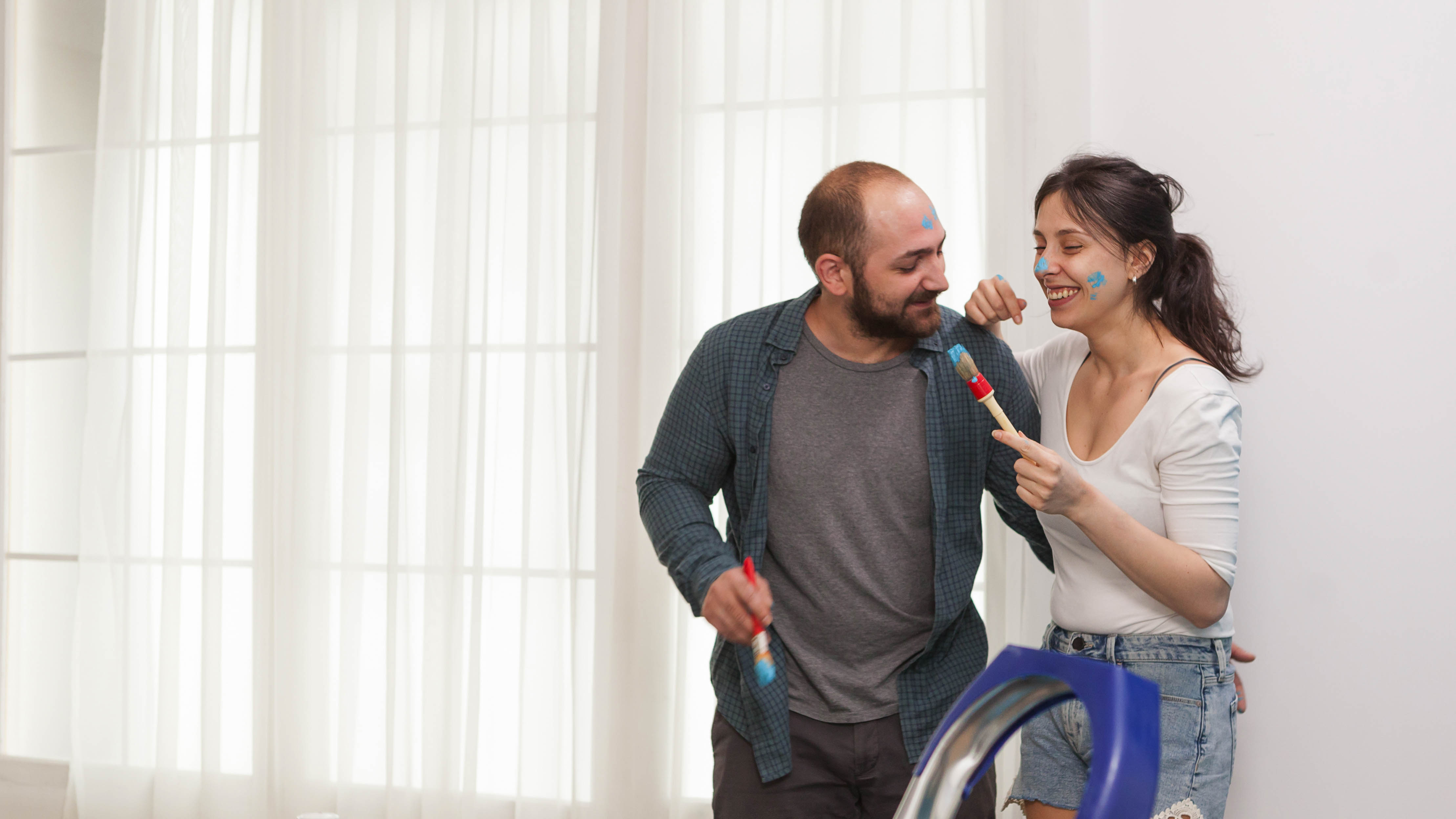
5. Use Sprayers or Rollers
When painting in hot weather, using a sprayer or roller can help you apply paint more quickly and evenly compared to brushes. This is particularly beneficial when painting large areas, as it allows for better control and reduces the risk of the paint drying before you can properly spread it out. If using a sprayer, make sure to practise proper masking and drop cloth techniques to protect surrounding areas from overspray.
6. Work in Sections
To prevent the paint from drying too quickly, work in manageable sections. This approach allows you to apply paint more evenly and gives you time to blend edges without leaving noticeable lines. Start at the top and work your way down, ensuring that each section overlaps slightly with the previous one to achieve a seamless finish.
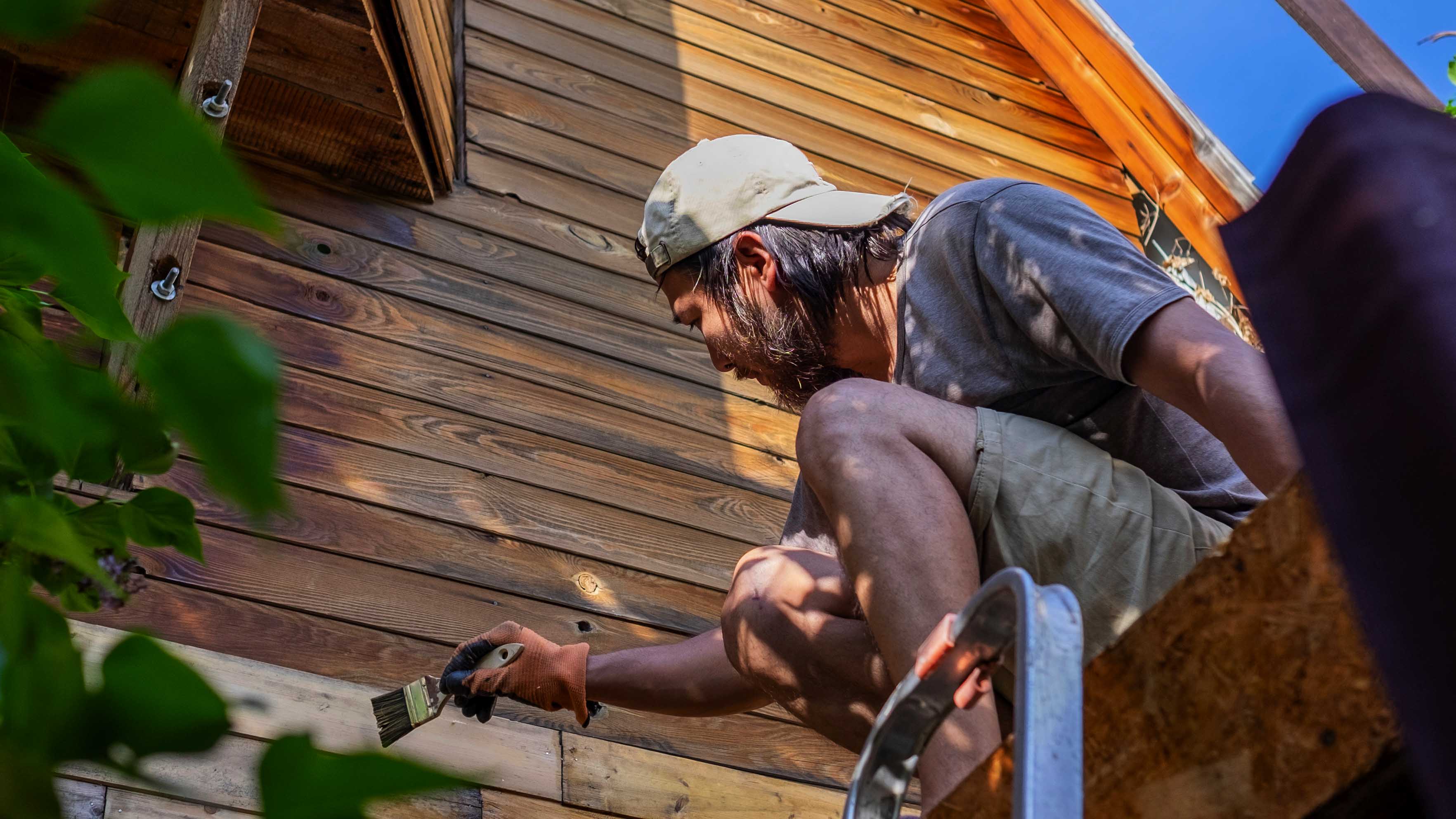
7. Monitor the Weather
Keep an eye on the weather forecast before you start your painting project. High humidity and sudden rain can impact drying times and the overall quality of your paint job. If humidity levels are high, it may be wise to wait for a clearer day. Additionally, avoid painting right before rain, as moisture can ruin your work and lead to peeling or blistering.
8. Stay Hydrated and Take Breaks
Painting in the heat can be physically demanding, so it's essential to stay hydrated and take regular breaks. Drink plenty of water to keep your energy levels up, and consider taking breaks in shaded or air-conditioned areas to cool down. Listen to your body and don’t push yourself too hard, as overexertion can lead to heat exhaustion.
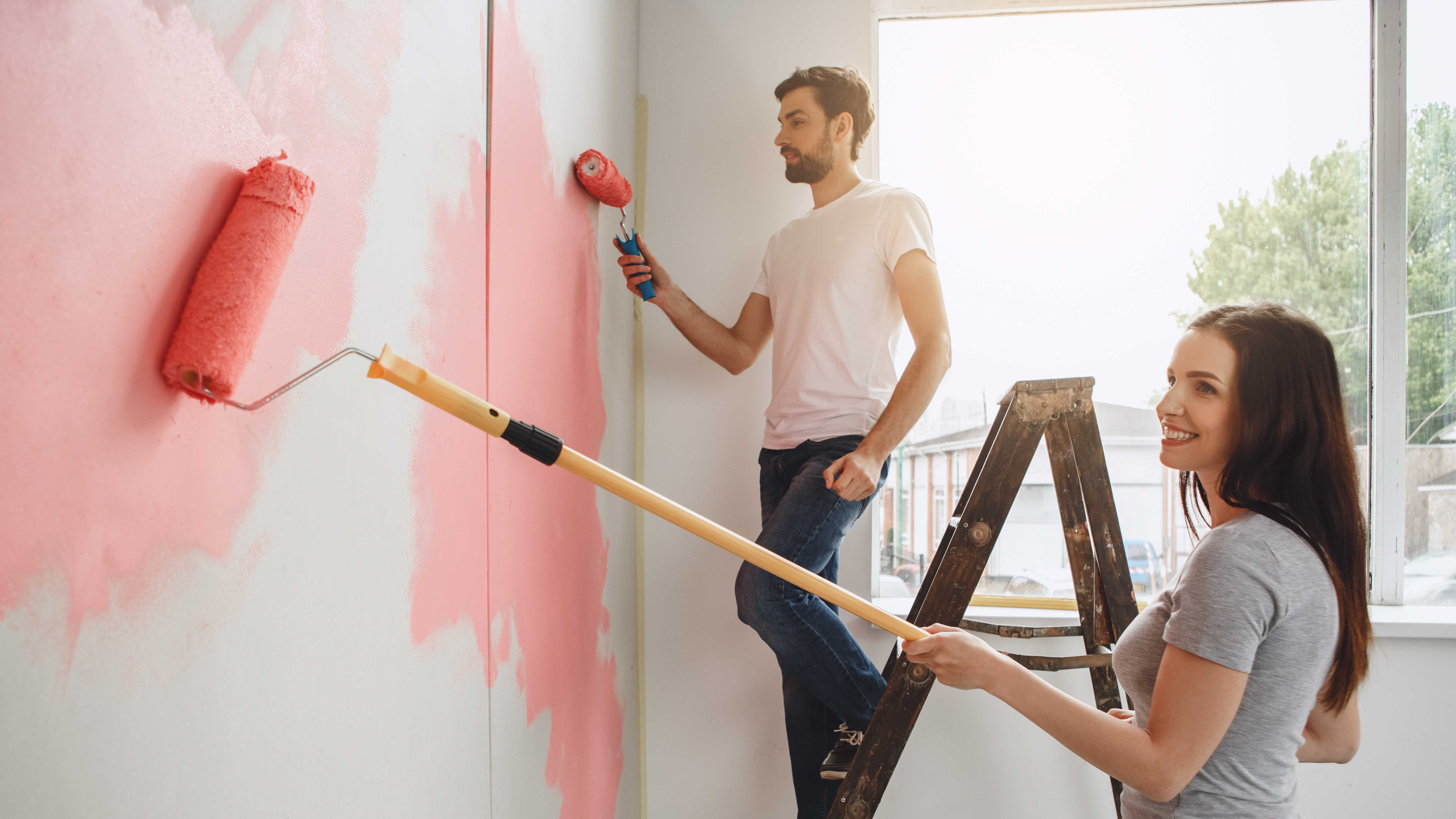
Painting your house in hot weather doesn’t have to be a daunting task. By following these best practices, you can achieve a beautiful, durable finish while ensuring your safety and comfort. With careful planning, the right materials, and a little patience, your summer painting project can be a resounding success, leaving your home looking fresh and vibrant for years to come. Happy painting!
